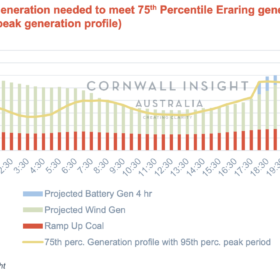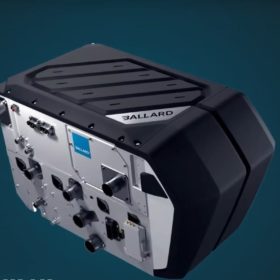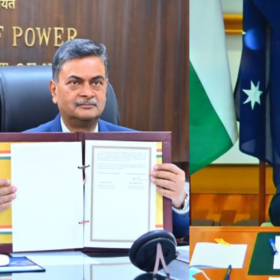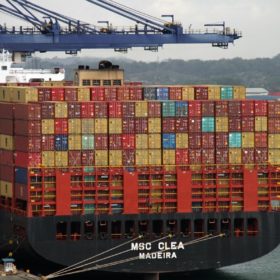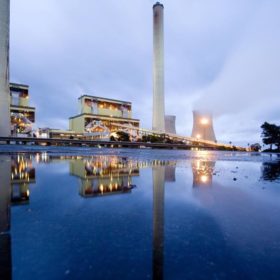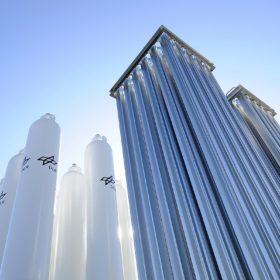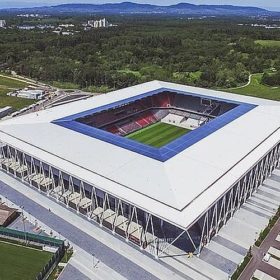Building a sustainable, vertically integrated solar manufacturing ecosystem in India
A new report by JMK Research and IEEFA says Indian solar manufacturers need to create a strong foundation for sustainable development overall by integrating raw materials and impetus to R&D in their plans, rather than focusing solely on output.
“I’m an All-Pro [coal plant]… You’ll never be more than a replacement player!”
The potential early retirement of Eraring has been the talk of the market the past week. Many of our customers have been asking what the impacts of the retirement might be on the acceleration or development of new renewable capacity in NSW and potential storage projects. In this Chart of the week, we look at the effect of the lost generation from Eraring and how that capacity might be filled.
Adani signs MoU for hydrogen fuel cell manufacturing in India
Adani Group and the Canada-based PEM fuel cell producer will examine various options to cooperate, including potential collaboration for hydrogen fuel cell manufacturing in India.
Price spike in SA – (perhaps) because of sudden drop in output at Bungala Solar Farm?
Today in South Australia, the market appears to have received a reminder that National Electricity Market Dispatch Engine (NEMDE) is technology agnostic, and that all types of technologies can experience their own challenges leading to price volatility.
India and Australia sign letter of intent on solar, ‘clean’ hydrogen
India and Australia have signed a letter of intent to cooperate on scaling up the manufacture and deployment of ultra-low-cost solar and “clean” hydrogen.
100MW of modules detained in the US under Hoshine WRO released
Shipping containers storing roughly 100MW of LONGi solar modules have been released, reports ROTH Capital Partners in an industry note, while Trina has had the vast majority of its detained product released, if not all of it entirely.
The battle for AGL heralds a new dawn for Australian electricity
Two events in the past week mark a watershed for Australia’s electricity industry.
India introduces green hydrogen policy
The Green Hydrogen Policy is designed to promote green hydrogen and green ammonia projects with provisions like a 25-year waiver of inter-state transmission system (ISTS) charges and ISTS connectivity priority for renewable energy capacity set up for the purpose.
Mobile solar pump for remote areas
Researchers at the Indian Institute of Technology Bhubaneswar have developed a solar power system that can be easily moved between farms to pump water for irrigation. The kit comprises solar panels and an inverter to power a surface-mounted pump.
Work begins on world’s largest PV system on a stadium roof
The stadium of German football club SC Freiburg will host a 2.4MW rooftop solar array that will be built with heterojunction modules provided by Swiss manufacturer Meyer Burger.

